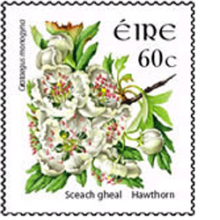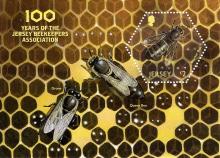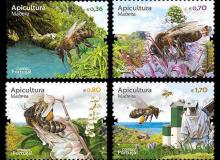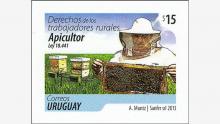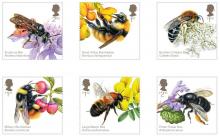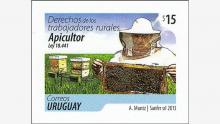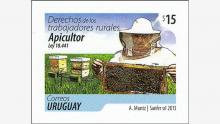Die Zahl der weltweit bedrohten Tier- und Pflanzenarten hat dieses Jahr einen neuen Rekordstand erreicht
Mit rund 25'800 bedrohten Tier- und Pflanzenarten sei im zu Ende gehenden Jahr ein neuer dramatischer Höchststand erreicht worden. Ein Jahr zuvor waren es noch 24'000 bedrohte Arten. "Wir Menschen verursachen das grösste Artensterben seit Ende der Dinosaurier", resümierte Eberhard Brandes, Vorstand des WWF Deutschland. Auch in der Schweiz gingen die Bestände einiger Arten merklich zurück. Mehr als 40 Prozent der Insektenarten in der Schweiz gälten als bedroht, darunter Bienen und Schmetterlinge, sagte WWF-Sprecherin Perrette Rey in Lausanne auf Anfrage.

